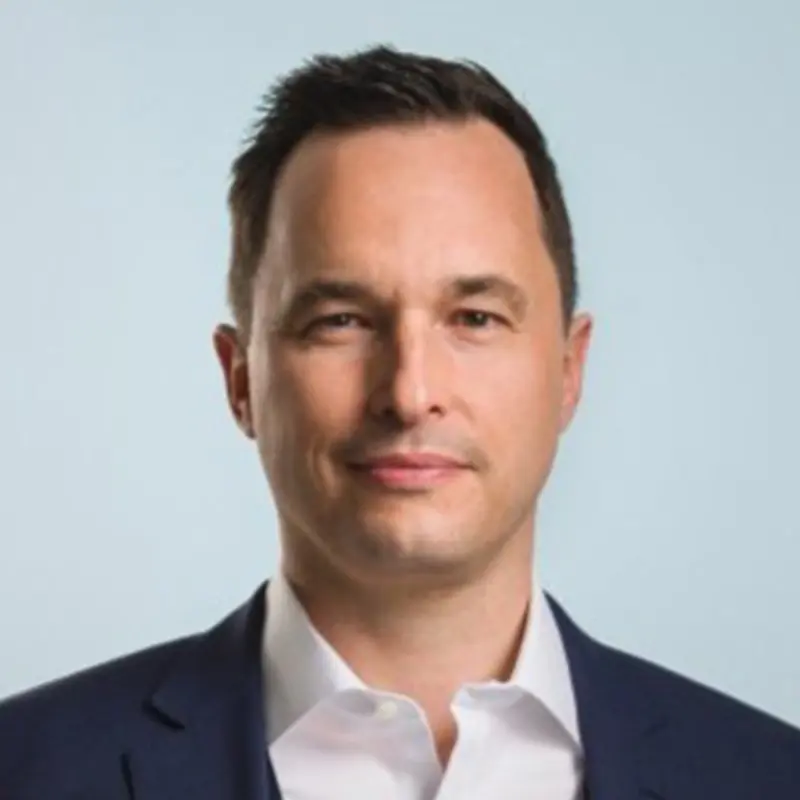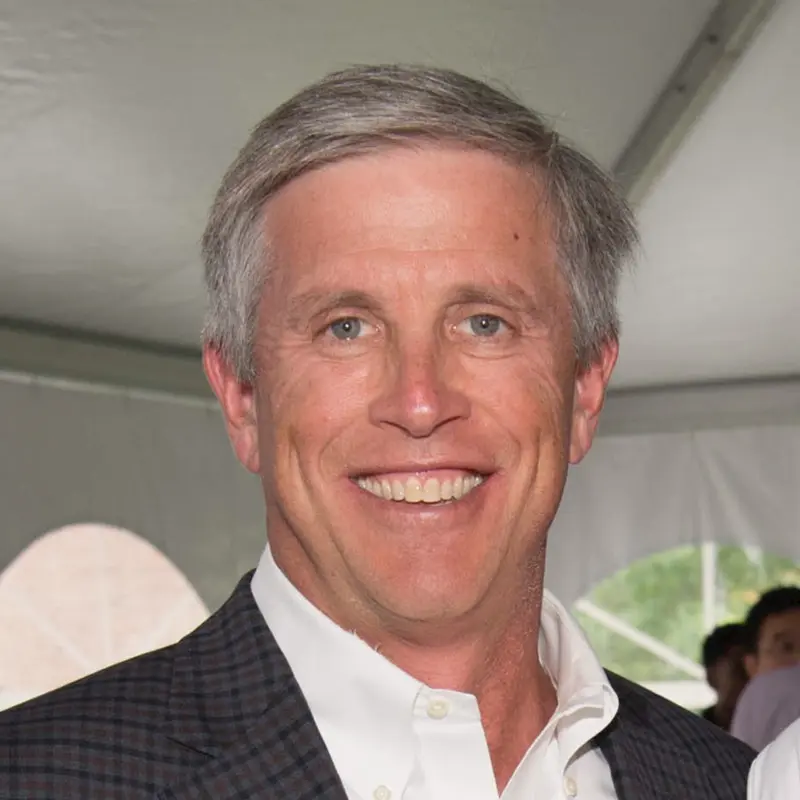Ownership structure refers to the arrangement of ownership rights and responsibilities in a business, detailing how shares are distributed among owners and how control is exercised. This includes information about shareholders, partners, or other entities with ownership stakes, and the hierarchy or network of relationships between them.
Key Points:
- Purpose: The primary objective of understanding a business’s ownership structure is to ensure transparency, compliance with regulations, and the identification of ultimate beneficial owners (UBOs). This is critical for legal, financial, and operational due diligence.
- Components of Ownership Structure:
- Shareholders: Individuals or entities that own shares in the company.
- Equity Distribution: The percentage of ownership each shareholder holds.
- Control and Voting Rights: Information on how control is distributed, including voting rights attached to shares.
- Corporate Hierarchy: The organizational chart detailing parent companies, subsidiaries, and affiliates.
- Ultimate Beneficial Owners (UBOs): The individuals who ultimately own or control the business, even if ownership is indirect.
- Importance of Ownership Structure:
- Legal Compliance: Ensuring the business adheres to laws and regulations, particularly regarding anti-money laundering (AML) and anti-corruption.
- Transparency: Providing clarity about who controls the business, reducing the risk of fraud and conflicts of interest.
- Risk Assessment: Identifying potential risks related to ownership, such as exposure to politically exposed persons (PEPs) or sanctioned individuals.
- Investment Decisions: Assisting investors in making informed decisions based on the stability and credibility of the business’s ownership.
- Methods of Verifying Ownership Structure:
- Official Documents: Reviewing articles of incorporation, shareholder agreements, and corporate registry filings.
- Public Databases: Checking information from business registries, securities regulators, and other public records.
- Due Diligence Reports: Utilizing third-party due diligence services to obtain comprehensive reports on ownership.
- Interviews and Declarations: Obtaining declarations from business owners and key executives and conducting interviews when necessary.
- Indicators of a Transparent Ownership Structure:
- Complete Documentation: Availability of detailed documents outlining ownership and control.
- Consistent Information: Consistency across various documents and databases.
- Disclosure of UBOs: Clear identification of ultimate beneficial owners.
- Regulatory Compliance: Adherence to local and international regulations regarding ownership disclosure.
- Challenges in Verifying Ownership Structure:
- Complex Layers: Difficulty in tracing ownership through multiple layers of subsidiaries, affiliates, and holding companies.
- Opaque Jurisdictions: Challenges in obtaining information from jurisdictions with strict privacy laws or lax regulatory oversight.
- Shell Companies: Identifying shell companies that obscure the true owners.
- Nominee Shareholders: Distinguishing between actual owners and nominees who hold shares on behalf of others.
- Regulatory Framework:
- Financial Action Task Force (FATF): Recommendations on transparency and beneficial ownership to combat money laundering and terrorist financing.
- European Union (EU) Directives: Regulations requiring member states to maintain registers of beneficial ownership.
- U.S. Anti-Money Laundering Act: Requirements for disclosing beneficial ownership to prevent financial crimes.
- Global Corporate Governance Standards: Guidelines promoting transparency and accountability in corporate ownership.
- Examples of Ownership Structure Verification:
- A financial institution verifies a new corporate client’s ownership structure through official registry documents and a third-party due diligence report.
- An investor examines the ownership hierarchy of a company, including parent companies and subsidiaries, before making an investment decision.
- A regulatory authority checks the ownership details of a business applying for a license to ensure compliance with local laws.
- Impact of Transparent Ownership Structures:
- Enhanced Trust: Builds trust among investors, regulators, and business partners.
- Reduced Risk: Minimizes the risk of fraud, money laundering, and other illicit activities.
- Improved Governance: Promotes better corporate governance and accountability.
- Compliance Assurance: Ensures adherence to legal and regulatory requirements, avoiding penalties and legal issues.
- Technological Solutions:
- Blockchain Technology: Using blockchain to create immutable and transparent records of ownership.
- Data Analytics: Leveraging data analytics to identify ownership patterns and potential risks.
- Automated Compliance Tools: Implementing tools that automate the verification of ownership structures and ensure continuous compliance with regulations.








